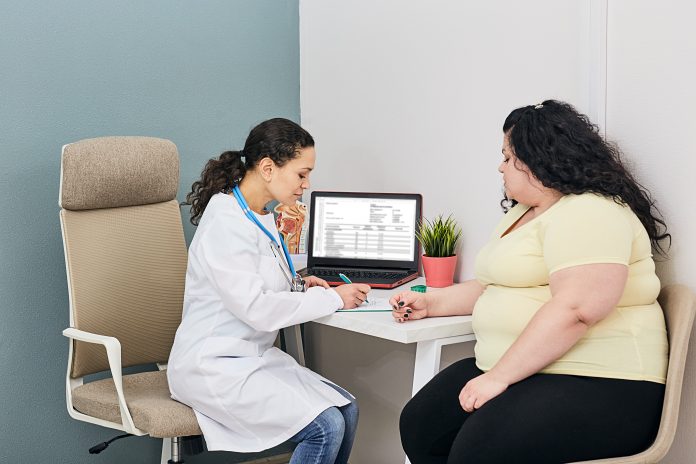
A study led by the Navarra Institute for Health Research in Spain shows that specific gut bacteria are predictive of obesity, but that the species involved differ between men and women.
Paula Aranaz, a researcher at the Center for Nutrition Research at the University of Navarra, will present the research at the European Congress on Obesity in Venice next week.
“Dysregulation in the composition and function of the intestinal microbiota (dysbiosis) significantly affects human metabolic health and influences the appearance of certain diseases, including obesity,” write Aranaz and colleagues in the conference abstract.
“However, it is still unclear which species represent a greater or lesser risk of developing obesity, as well as the impact of these species on our metabolic health.”
To study this further, Aranaz and her team studied gut microbiome composition in 361 adult volunteers taking part in the Spanish Obekit study. The group were split into normal weight (65 people), overweight (110 people) and obese (186 people). Overall, 251 participants were women and 110 men, and the median age of the group was 44 years.
The researchers classified participants as “low” on the obesity index if they had a body mass index of 30 kg/m² or lower, a fat mass percentage of 25% or less for women and 32% or less for men, and a waist circumference of 88 cm or less for women and 102 cm or less for men. If their measurements were above these cutoff points they were classified as ‘high’ on the obesity index. The researchers made sure that people in the low and high groups were matched for age and sex.
The team sampled and genetically profiled the gut microbiome composition of all the participants. They found that people in the high obesity index group had low levels of Christensenella minuta, a bacterial species linked to leanness and good health.
Notably, there were significant differences in microbial species found in the gut of men and women with obesity. Men in the high obesity index group had higher levels of Parabacteroides helcogenes and Campylobacter canadensis, whereas women in this group had higher levels of three Prevotella species of bacteria, Prevotella micans, Prevotella brevis and Prevotella sacharolitica.
In a metabolic analysis, the researchers also found levels of phospholipids and sphingolipids were higher in obese individuals. Both these bioactive lipids are linked to metabolic diseases such as diabetes and associated vascular complications.
“Our findings reveal how an imbalance in distinct bacterial groups are likely to play an important role in the onset and development of obesity, with considerable differences between the sexes, which might affect the metabolism of different bioactive molecules present in the metabolome that influence the development of metabolic disease,” said Aranaz in a press statement.
“Gut microbiome composition, specifically higher levels of the Christensenella minuta bacterium, appeared to protect against obesity. Whereas the species that influence the risk of developing obesity appear to be different between the sexes and interventions to help prevent an obesity-favorable microbiome may need to be different in men and women. Further research is needed to better understand when the switch to an obesity favorable gut microbiota may take place, and therefore the right timing for possible interventions.”













